Surrounded by difficulties
To assess the production and business situation of enterprises in the first quarter of 2025, the General Statistics Office (Ministry of Finance) conducted a survey of 30,426 enterprises (including 6,330 enterprises in the processing and manufacturing industry; 6,239 enterprises in the construction industry; 17,857 enterprises in the trade and service industry representing 63 provinces and cities nationwide). Of which, 29,272 enterprises responded to the survey, accounting for 96.2% of the enterprises selected for the survey. 70% of enterprises said that production and business activities in the first quarter of 2025 were better and remained stable (19.5% better and 50.5% remained stable) compared to the fourth quarter of 2024. However, the number of enterprises saying that it was more difficult increased (30% said it was more difficult) while in the fourth quarter of 2025, this rate was 22.7% due to decreased demand from domestic and international markets.
The survey results on new orders of enterprises in the processing and manufacturing industry in the first quarter of 2025 compared to the fourth quarter of 2024 were -0.6% (22.3% of enterprises said new orders increased and 29.3% said they decreased). Of which, only the foreign-invested enterprise sector had a positive new order balance index (0.5%), the non-state enterprise sector was -8.9%, the state enterprise sector was -8.5%. Meanwhile, new construction contracts of construction enterprises in the first quarter of 2025 compared to the last quarter of 2024 were -21.2% (17.8% of enterprises said they increased and 39% said they decreased).
Among the factors affecting the production and business of enterprises, "low domestic market demand" and "high domestic goods competitiveness" are the two factors that have the most influence, with the assessment rates being 53.9% and 43.4% respectively (corresponding to the third and fourth quarters of 2024). Particularly, in the construction industry, up to 50.7% of enterprises said they faced difficulties due to "no new construction contracts in the first quarter of this year", this rate increased by 6% compared to the last quarter of 2024.
Enterprises also said that many input factors affect their operations. These include high prices of raw materials, fuel, transportation, warehousing, and service costs; difficulties in capital for production and business; complicated and overlapping administrative procedures; and labor that does not meet the requirements of enterprises.
The garment industry faces the most difficulties due to low market demand. Photo: MY THANH
In the processing and manufacturing industry, the textile, garment and footwear industry faced the biggest difficulties in the first quarter of 2025 due to export orders, low market demand and skilled labor. Up to 60.5% of textile enterprises faced difficulties due to low domestic market demand; in the garment and leather manufacturing industries, this rate was 28.1% and products related to the industry group faced difficulties at a corresponding rate of 21%. In addition, 47.5% of textile enterprises and 49.1% of garment manufacturing enterprises, along with 54.3% of enterprises producing leather and related products, faced difficulties due to low international market demand. Enterprises also had difficulty recruiting workers.
In addition, the food and beverage manufacturing and processing industry is also facing difficulties in capital, output markets and fierce competition with businesses in the same industry. The electricity and electronics industry group recovered positively in the first quarter of 2025, but low domestic and international markets, shortage of skilled labor, and lack of capital also cause difficulties for production and business activities of enterprises.
The survey results of enterprises in the trade and service sector show that the two factors affecting the production and business activities of enterprises are "low domestic market demand" (selected by 55.7% of enterprises) and "high competitiveness of the domestic market" (selected by 46.7% of enterprises). Enterprises also face difficulties due to increasing input material prices, high warehouse costs, high loan interest rates, financial difficulties, business conditions, etc. Therefore, enterprises really need support from relevant authorities to overcome this difficult period.
Business expectations
According to the S&P Global survey, the Purchasing Managers' Index (PMI) in March 2025 reached 50.5 points, after 4 months below the 50 zone. This shows that the health of Vietnam's manufacturing industry has strengthened slightly after a series of weakness. The survey results also recorded this increase in output reflecting an improvement in the availability of goods, while also reflecting a return to the increase in the number of new orders after a series of 2 months of decline.
“Vietnam’s manufacturing sector began to perform more strongly in March, with output and new orders rising for the first time since 2025,” said Andrew Harker, chief economist at S&P Global Market Intelligence. “We hope that firms will continue to build on these improvements in the months ahead. However, manufacturers remain cautious, reluctant to hire more staff or purchase additional inputs. This may reflect an uncertain international environment, with new export orders falling sharply in March.”
Although firms were slightly less confident about the outlook for output next year, business sentiment remained upbeat on new orders and hopes of a stabilising demand situation, although optimism remained below the historical PMI average.
In the context of low domestic and international market demand, it has negatively impacted the production and business activities of enterprises. The General Statistics Office has proposed and recommended groups of solutions to support enterprises, focusing on boosting consumption and developing the domestic market. Effectively implement trade promotion programs, develop the digital economy; at the same time, effectively deploy solutions to promote exports, especially exports to large and potential markets. At the same time, accelerate the disbursement of public investment, focusing on key inter-regional projects, highways, etc. Proactively develop projects to selectively attract FDI, ensure quality, connect technology transfer; support innovative enterprises; promote the program to support private sector enterprises to do sustainable business in the period of 2022-2025 to develop sustainable economic models and inclusive business.
According to the General Statistics Office, in the first quarter of 2025, the added value of the entire industrial sector increased by 7.32% over the same period last year (the same period last year increased by 6.71%), in which the processing and manufacturing industry was the growth driver of the entire economy with a growth rate of 9.28%, contributing 2.33 percentage points; the construction industry increased by 7.99%, contributing 0.48 percentage points. The trade and service industries also contributed significantly to the total added value of the entire economy in the first quarter of this year, specifically: The transportation and warehousing industry contributed 0.67 percentage points; accommodation and catering services contributed 0.27 percentage points; the wholesale and retail industry contributed 0.83 percentage points; finance, banking and insurance activities contributed 0.41 percentage points; the information and communications industry contributed 0.45 percentage points to the overall economic growth. Therefore, businesses really need support from macroeconomic policies to contribute to stabilizing production and business, helping businesses overcome the current difficult period.
Article and photos: GIA BAO
Source: https://baocantho.com.vn/tiep-them-dong-luc-de-doanh-nghiep-tiep-tuc-vuot-kho-a185453.html


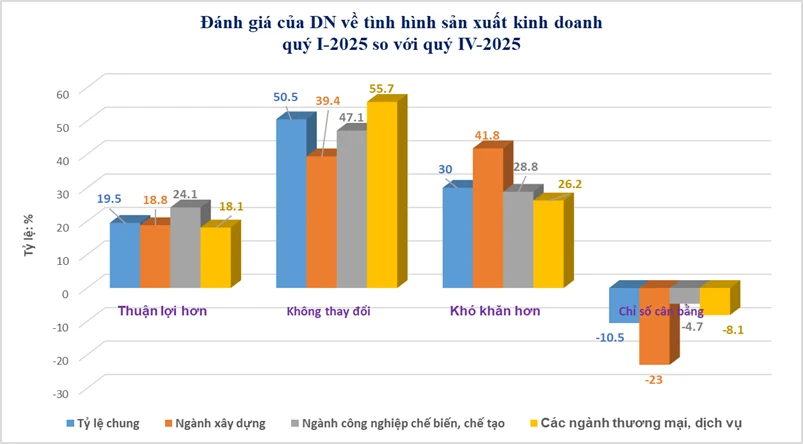
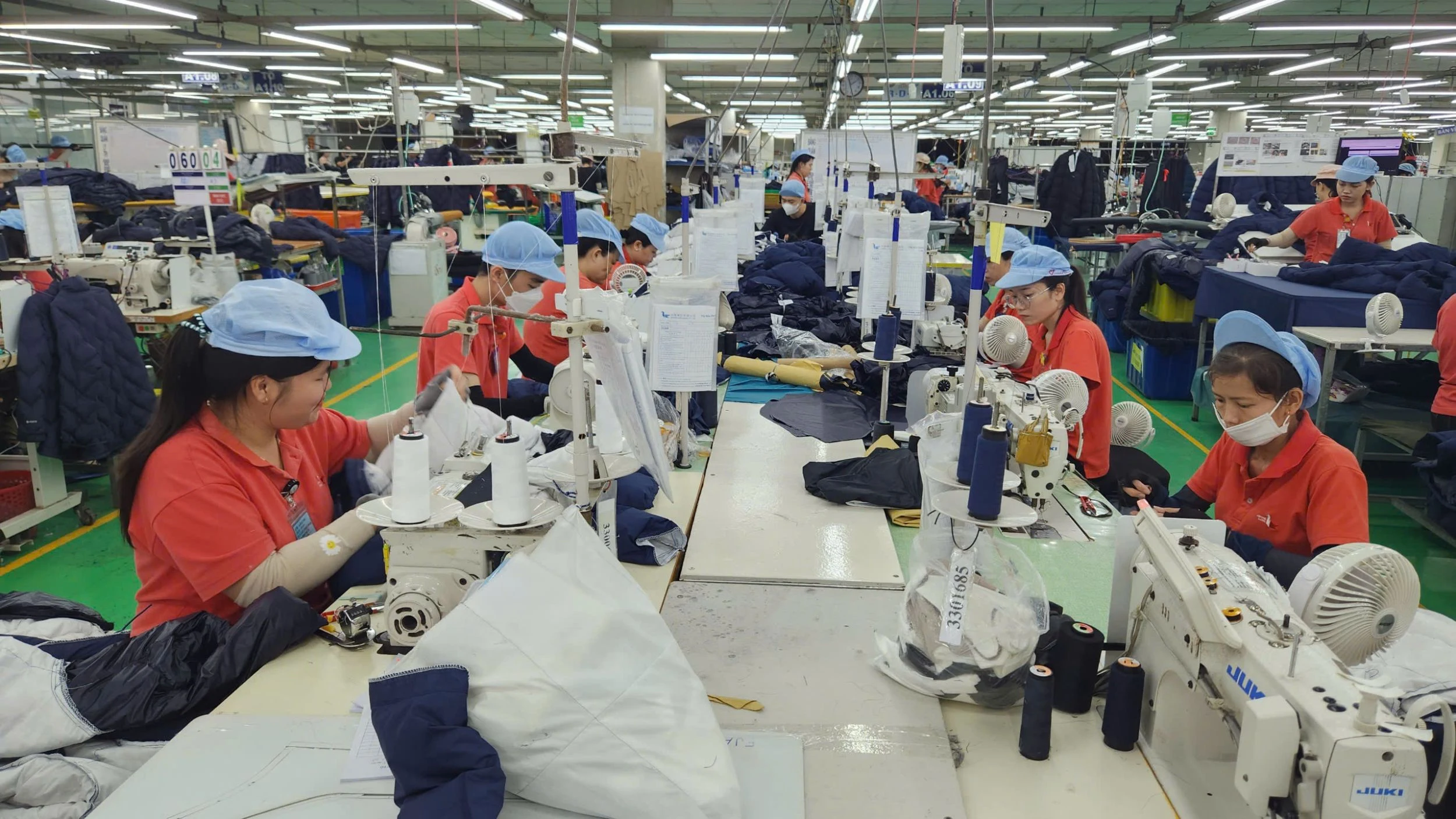
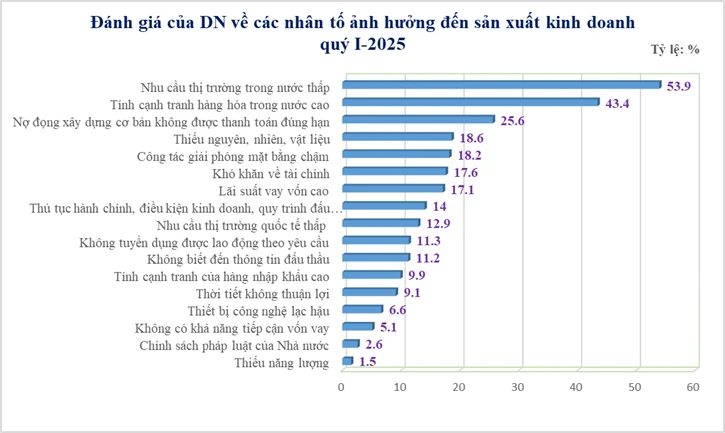
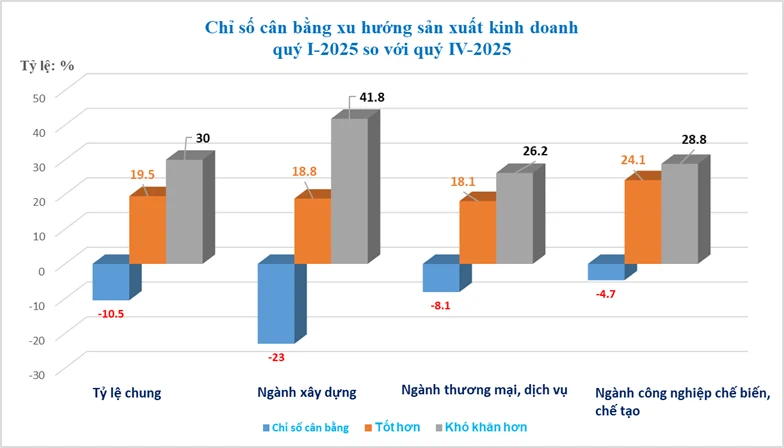
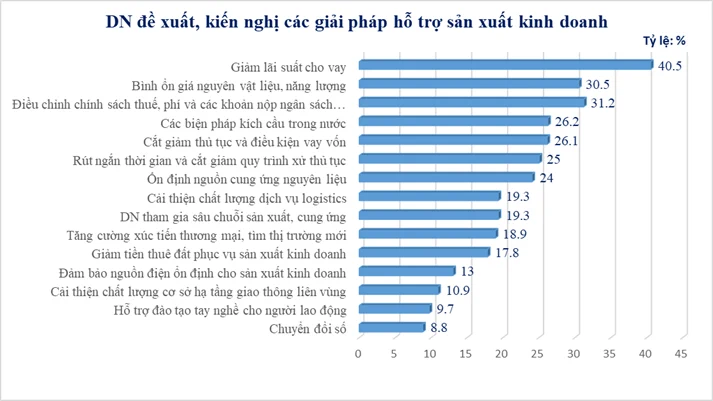


![[Photo] Magical moment of double five-colored clouds on Ba Den mountain on the day of the Buddha's relic procession](https://vphoto.vietnam.vn/thumb/1200x675/vietnam/resource/IMAGE/2025/5/9/7a710556965c413397f9e38ac9708d2f)















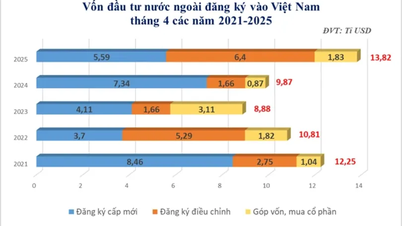






![[Photo] General Secretary To Lam begins official visit to Russia and attends the 80th Anniversary of Victory over Fascism](https://vphoto.vietnam.vn/thumb/1200x675/vietnam/resource/IMAGE/2025/5/8/5d2566d7f67d4a1e9b88bc677831ec9d)

















































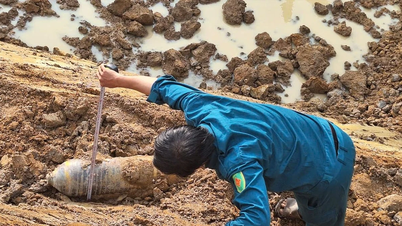















Comment (0)